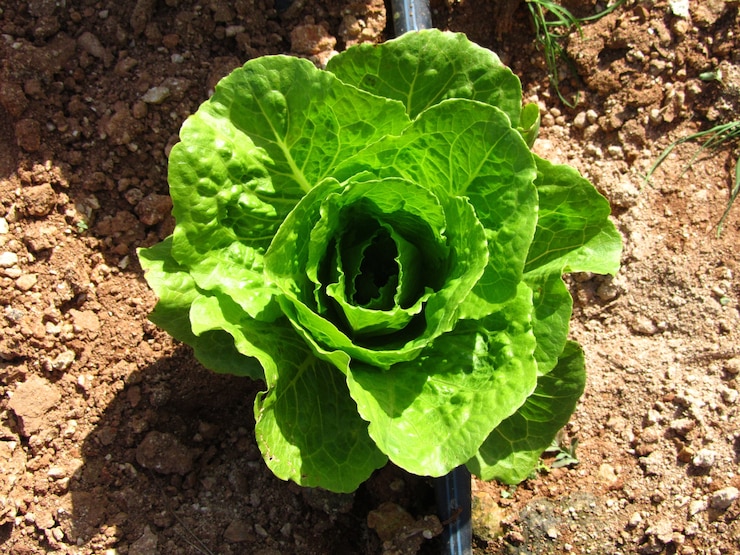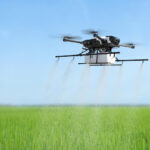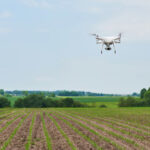When growing lettuce in South Africa, there are several infections and diseases that you should watch out for. Here are some common ones:
- Downy Mildew (Bremia lactucae): This is a fungal disease that affects lettuce plants, causing yellow or pale green spots on the upper leaf surfaces and a white, fluffy growth on the undersides of leaves. It thrives in cool and humid conditions.
- Powdery Mildew (Erysiphe cichoracearum): Powdery mildew is another fungal disease that appears as white powdery patches on the leaves, stems, and sometimes the flowers of lettuce plants. It is more common in dry and warm conditions.
- Bottom Rot (Rhizoctonia solani): Bottom rot is a soilborne disease that affects the roots and base of lettuce plants. It causes dark brown or black lesions on the lower stem, leading to wilting and plant collapse. Poor soil drainage and excessive moisture can promote this disease.
- Lettuce Mosaic Virus (LMV): LMV is a viral disease that affects lettuce and is transmitted by aphids. It causes mottled or yellowing patterns on the leaves and stunted growth. Infected plants should be removed to prevent the spread of the virus.
- Pythium Damping-Off (Pythium spp.): This fungal disease attacks lettuce seedlings and young plants, causing them to wilt and collapse at the soil level. It thrives in damp, poorly drained soils and can lead to significant losses in plant stands.
- Bacterial Soft Rot (Erwinia spp.): Bacterial soft rot causes a foul-smelling decay of lettuce leaves and stems. It often occurs in plants that have been injured or stressed and can spread rapidly in warm and moist conditions.
To mitigate the risk of these infections and diseases, it is important to follow good agricultural practices:
- Use disease-free seeds or seedlings from reputable sources.
- Practice crop rotation to avoid planting lettuce in the same location year after year.
- Provide proper spacing between plants to ensure good air circulation.
- Avoid overwatering and ensure adequate drainage to prevent soil saturation.
- Monitor and control pests, especially aphids, which can transmit viruses.
- Remove and destroy infected plants promptly to prevent the spread of diseases.
- Consider using disease-resistant lettuce varieties whenever possible.
Regular scouting and monitoring of your lettuce crop for any signs of infection or disease is crucial. If you notice any abnormalities, it is recommended to consult with local agricultural extension services or plant pathologists for accurate diagnosis and guidance on appropriate management strategies.







